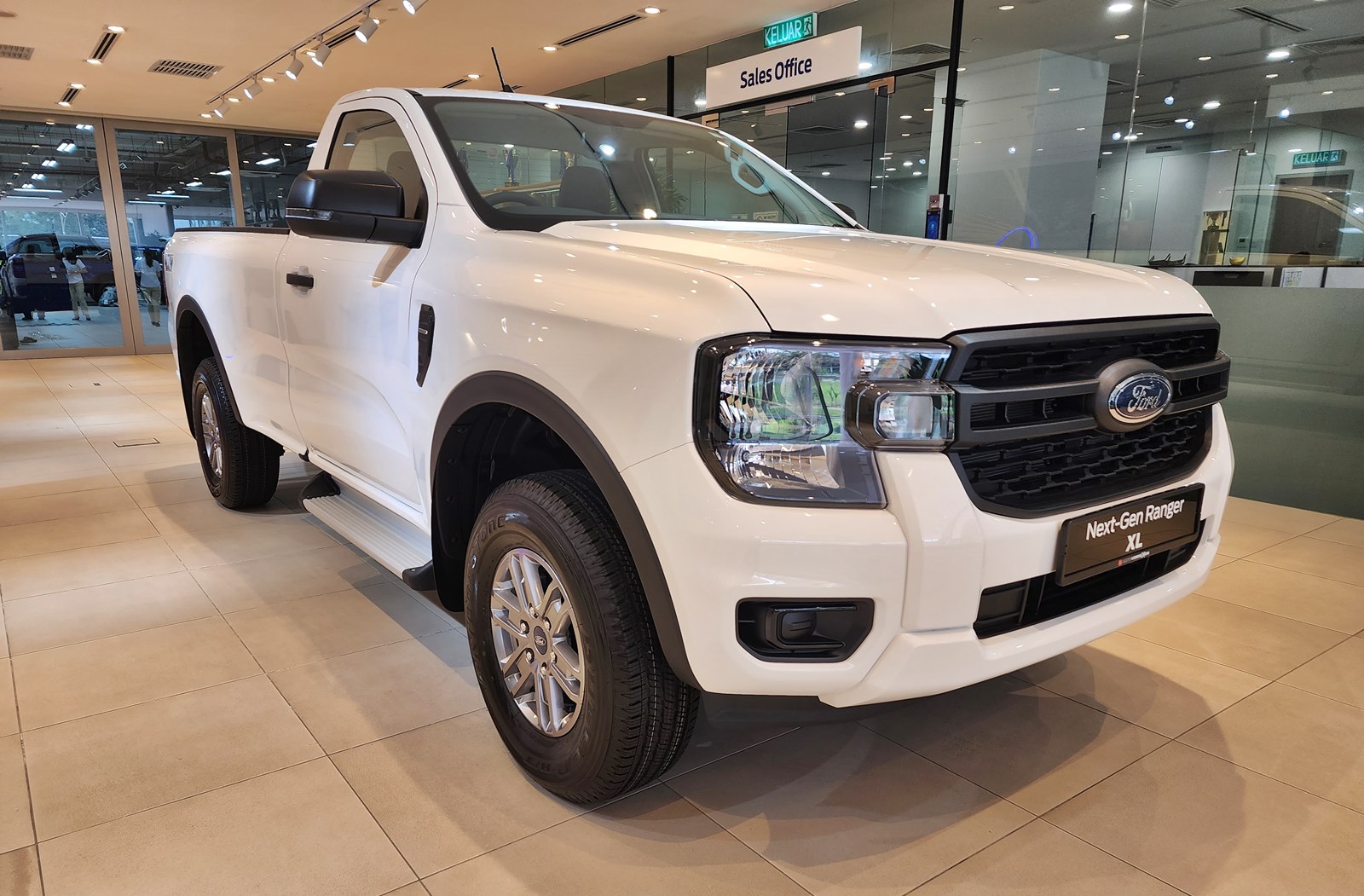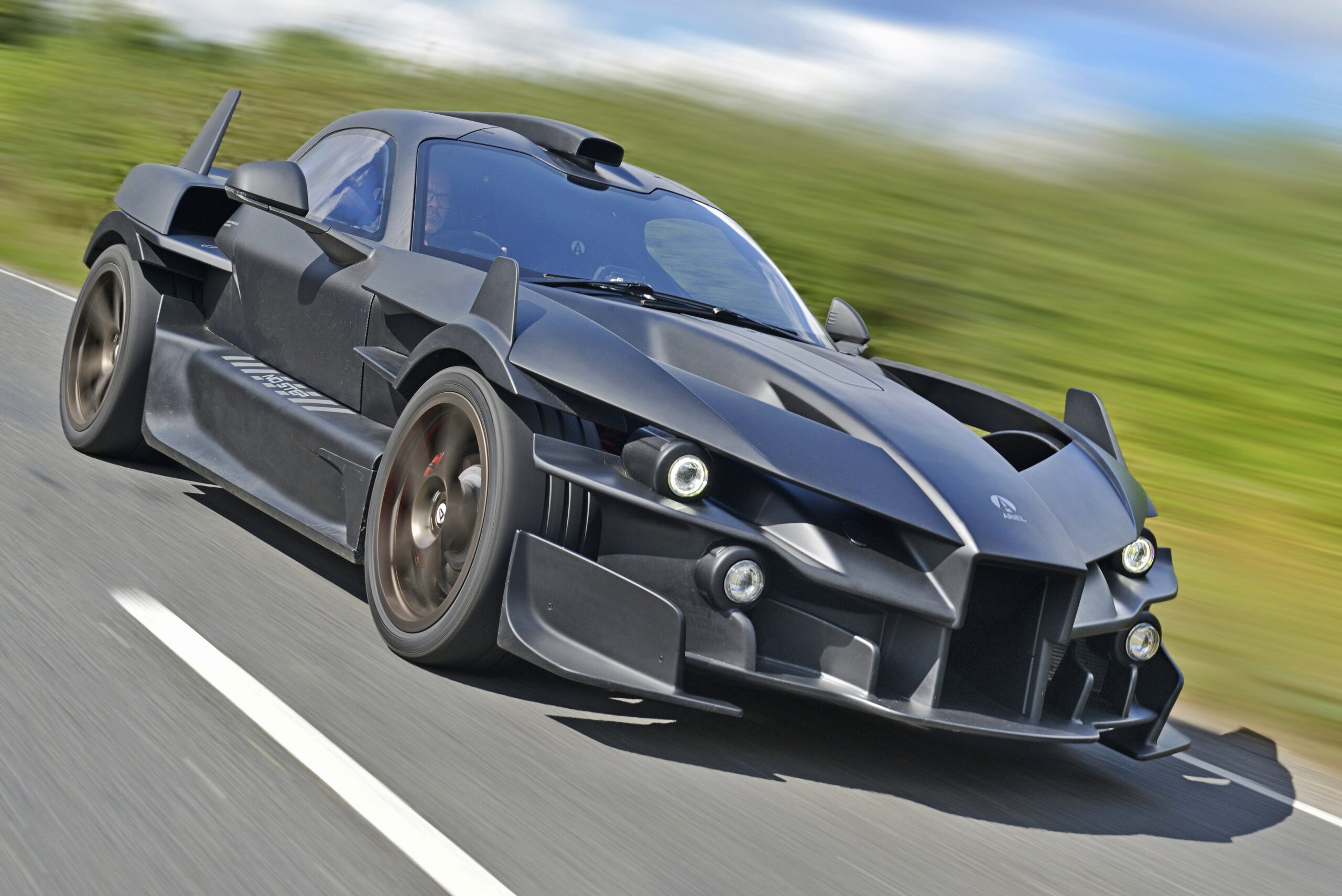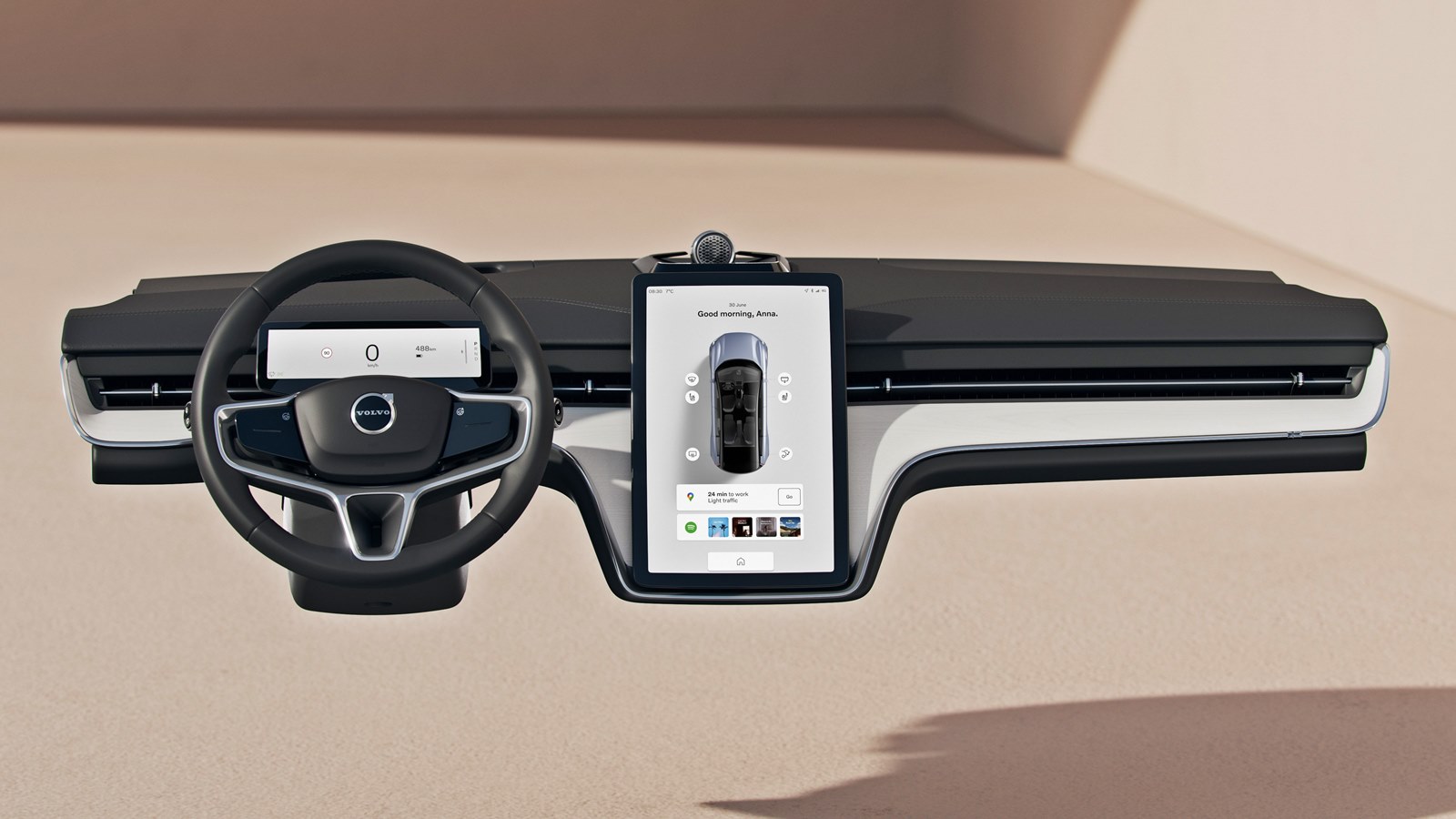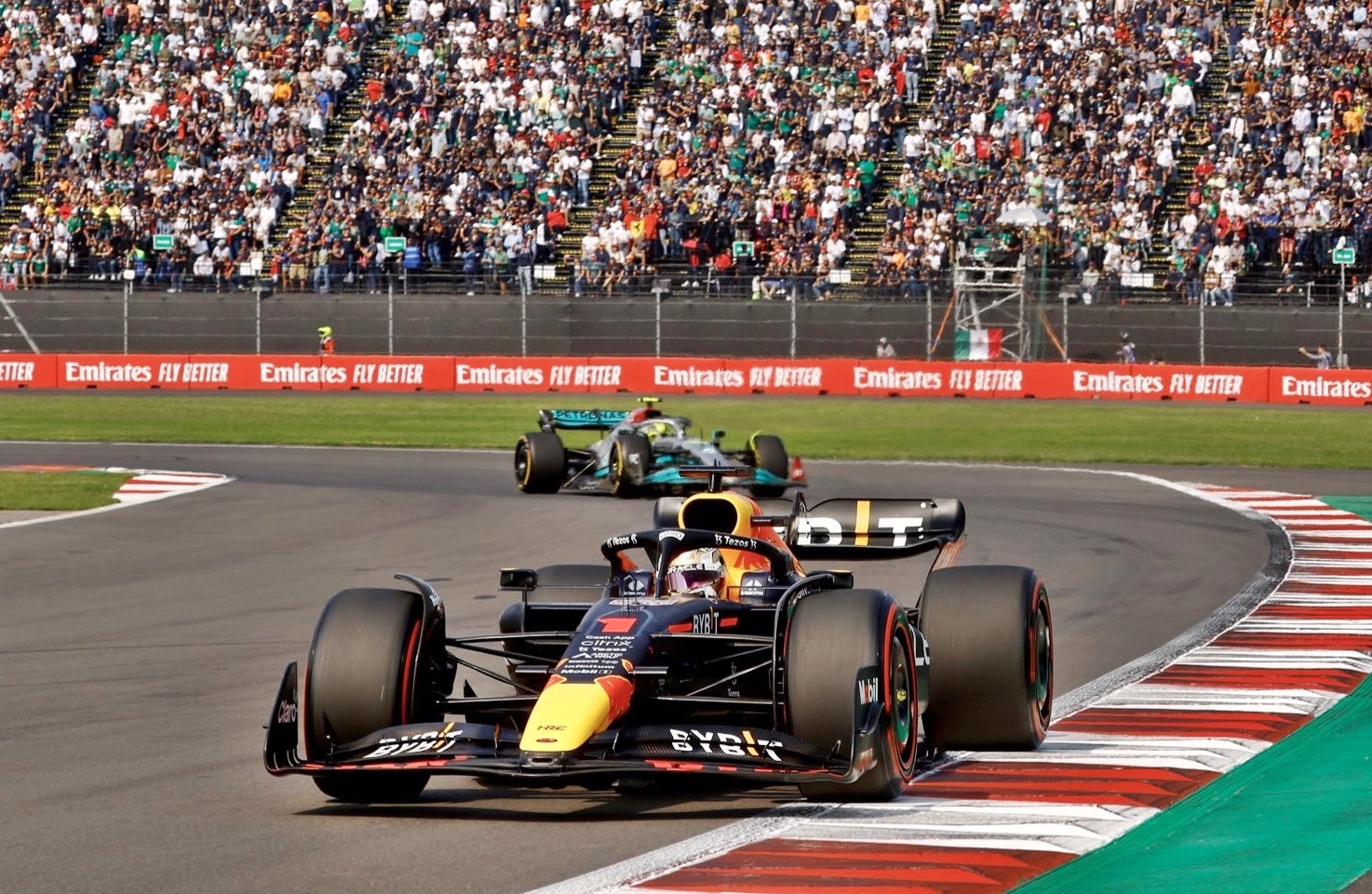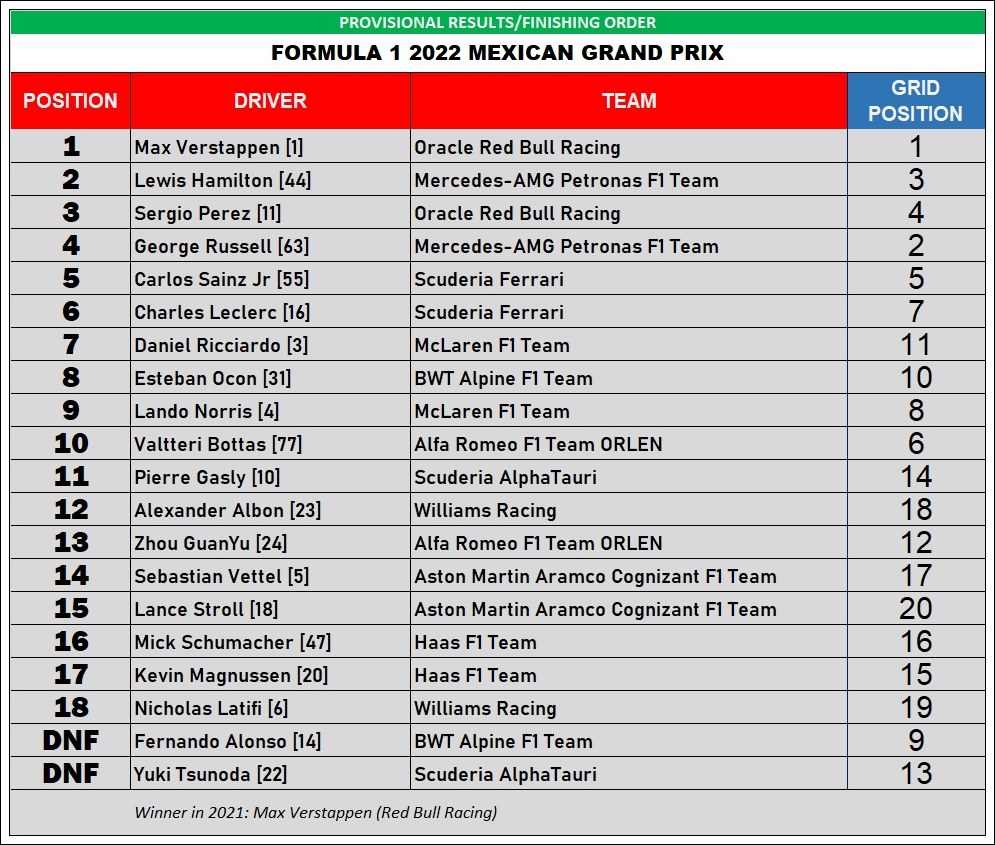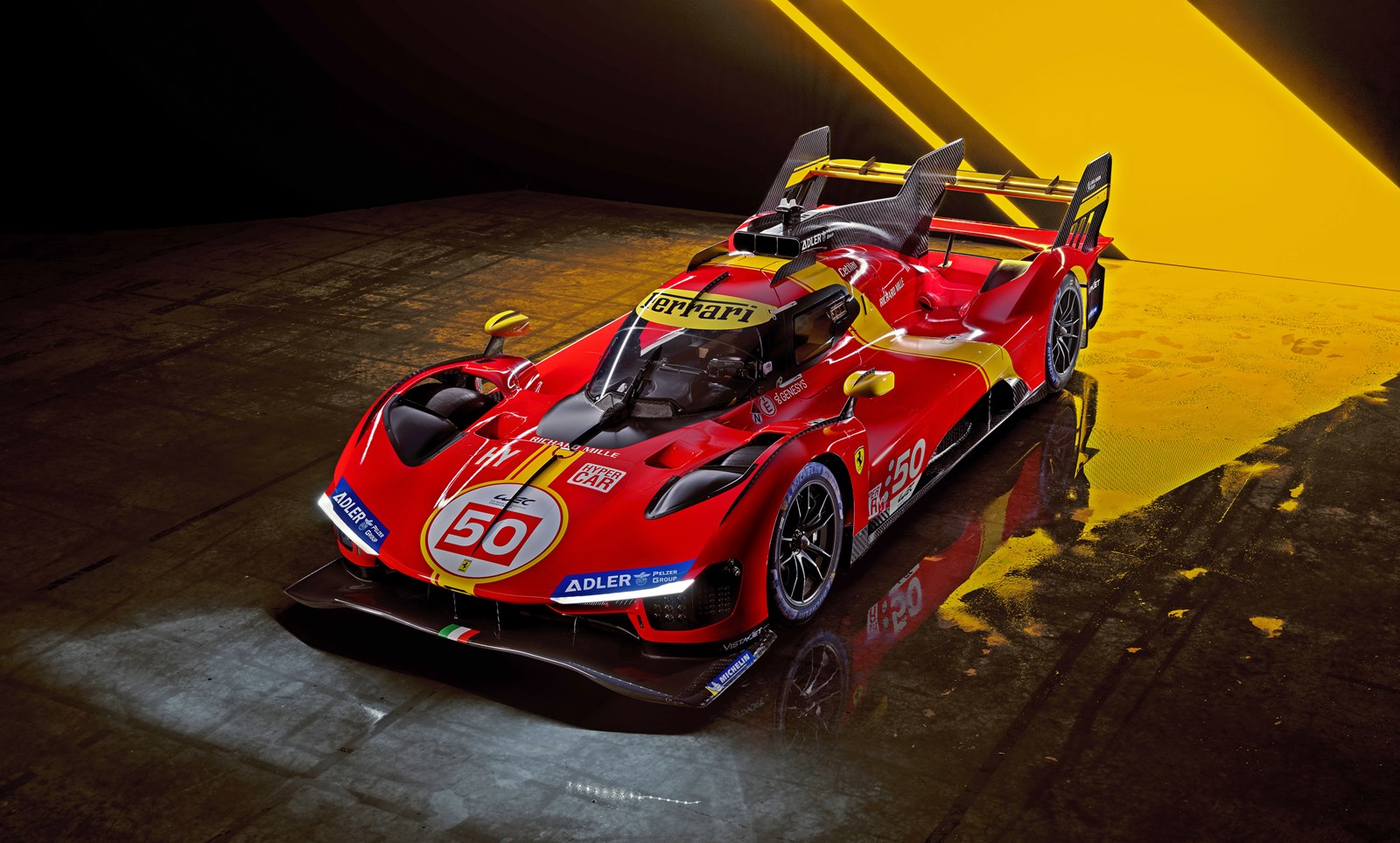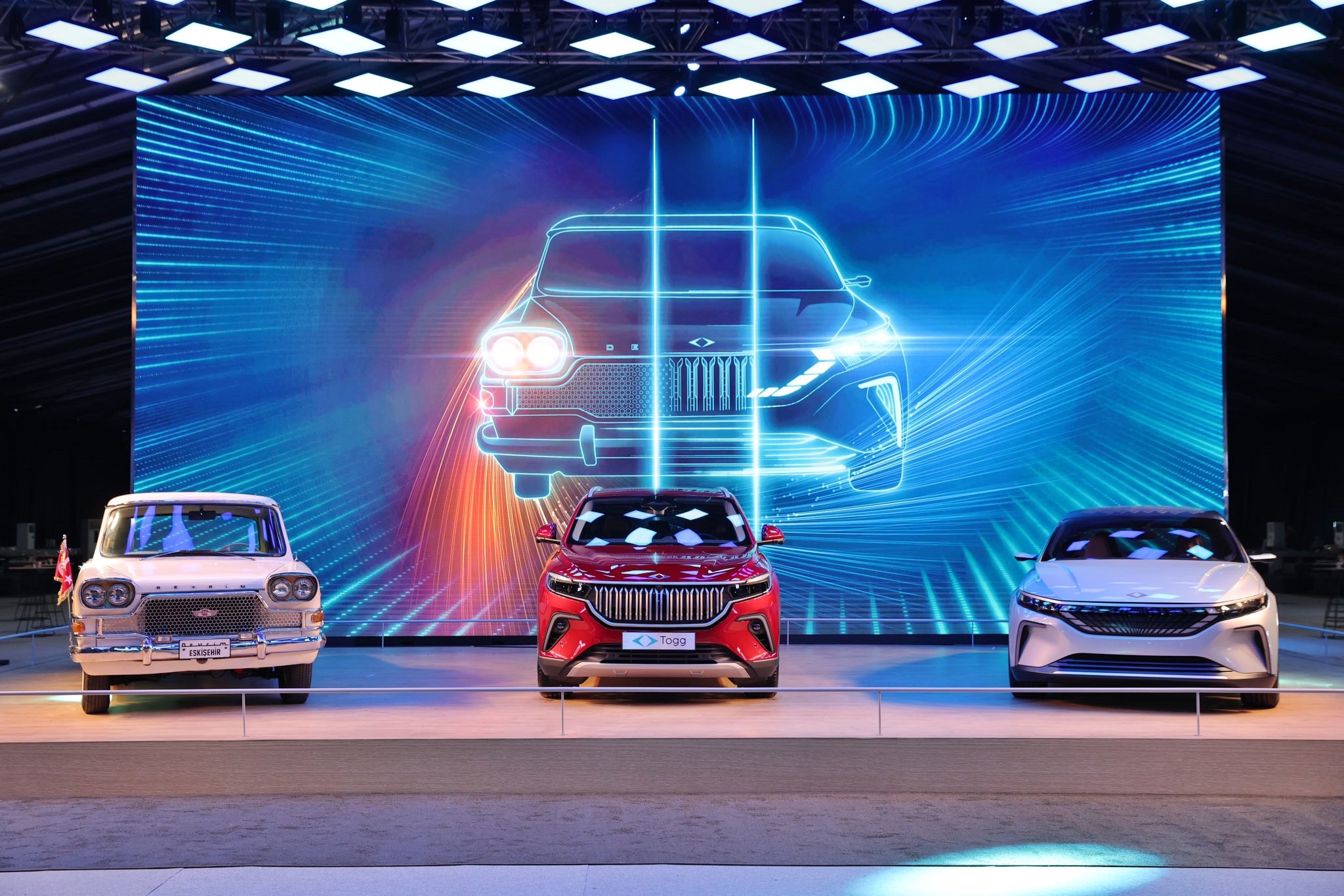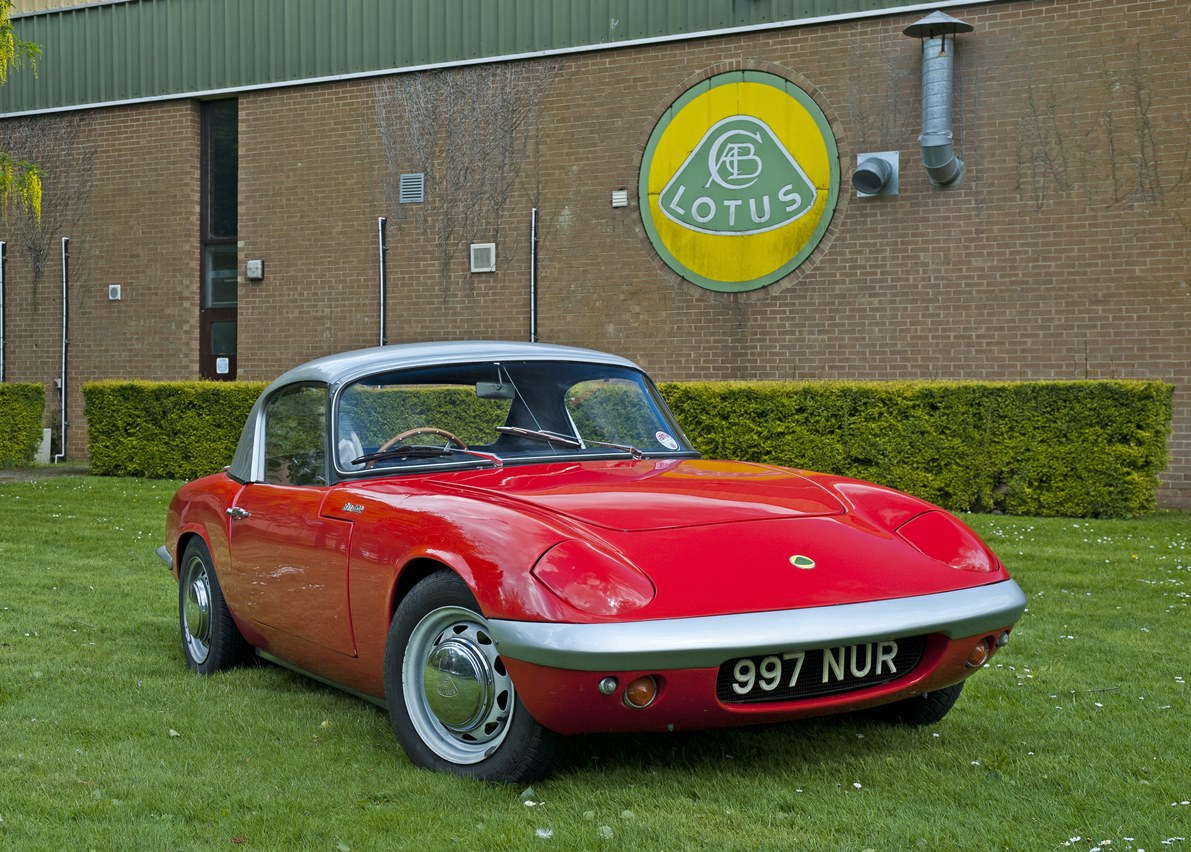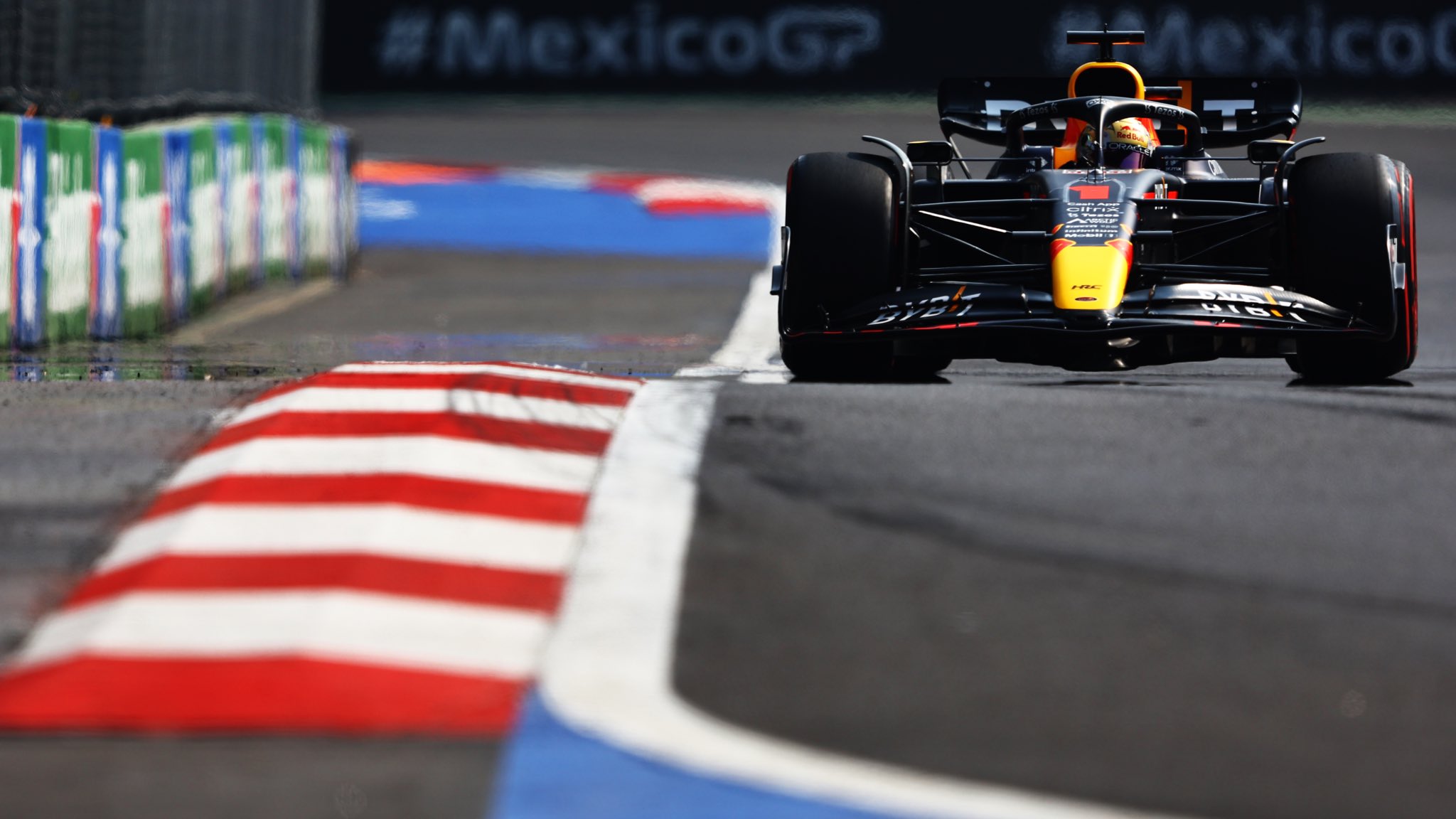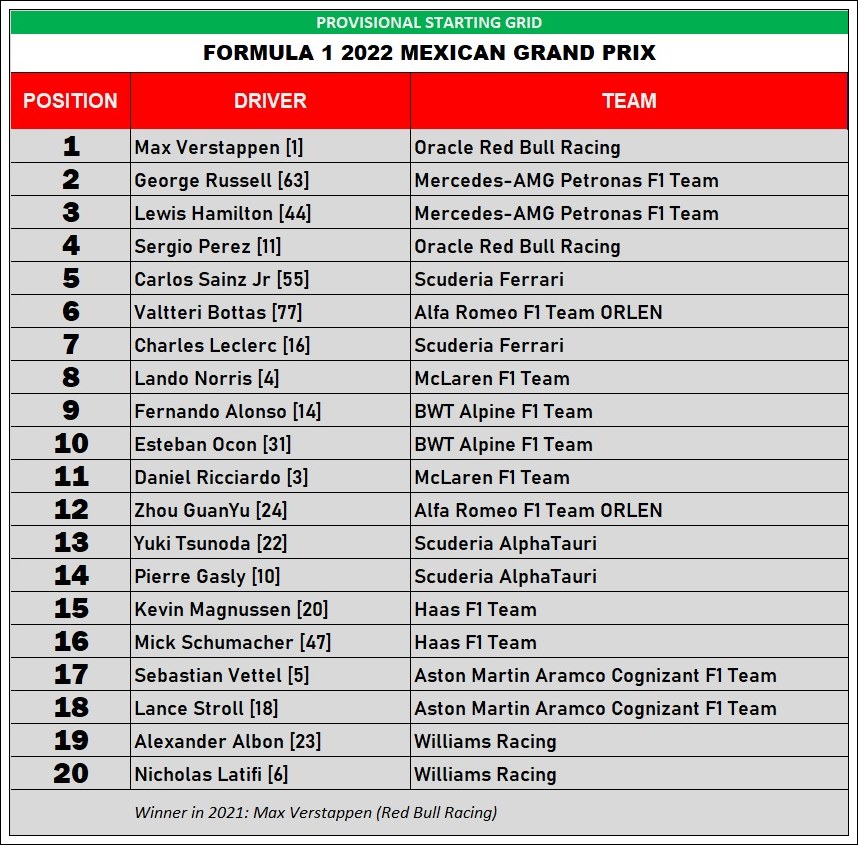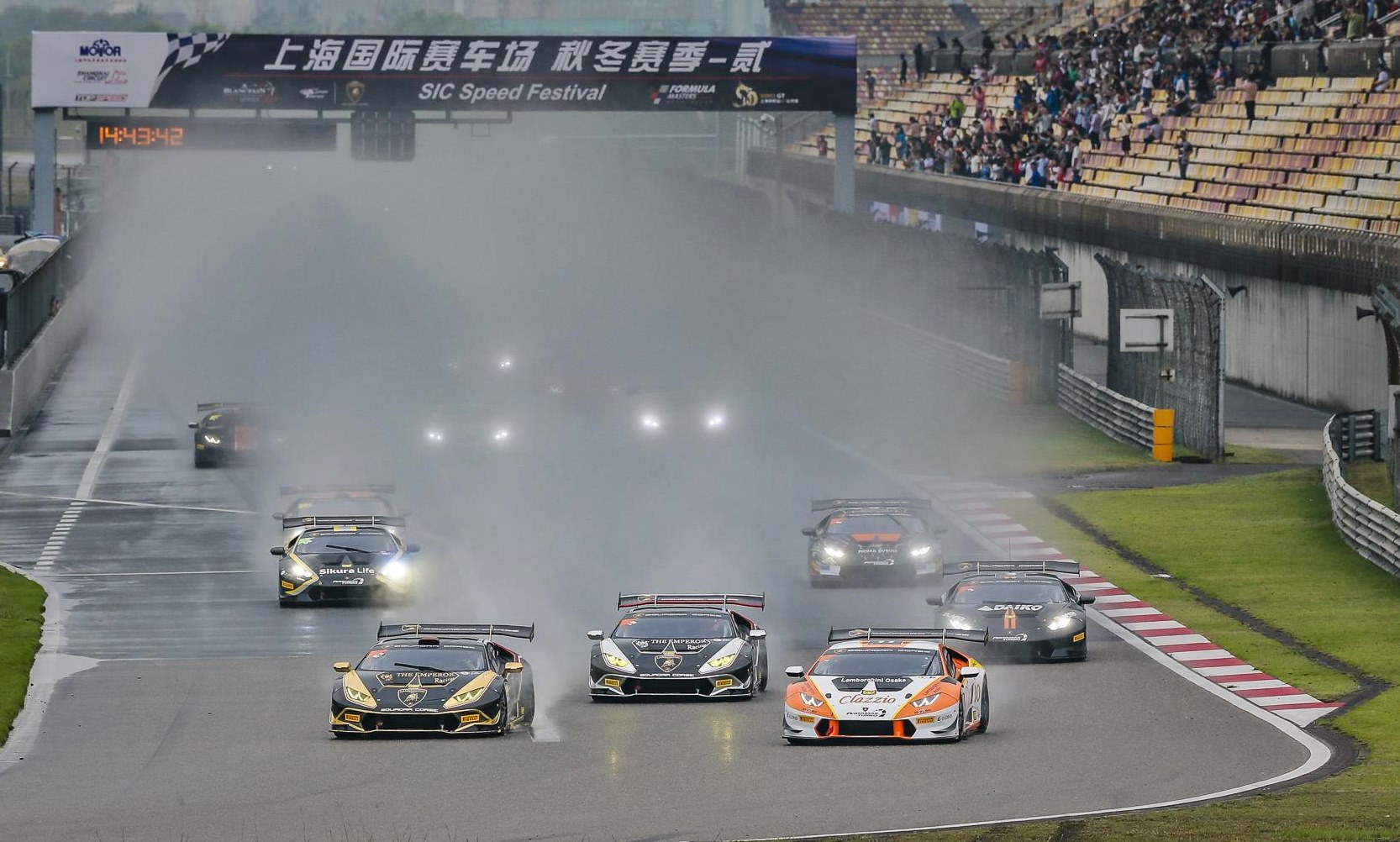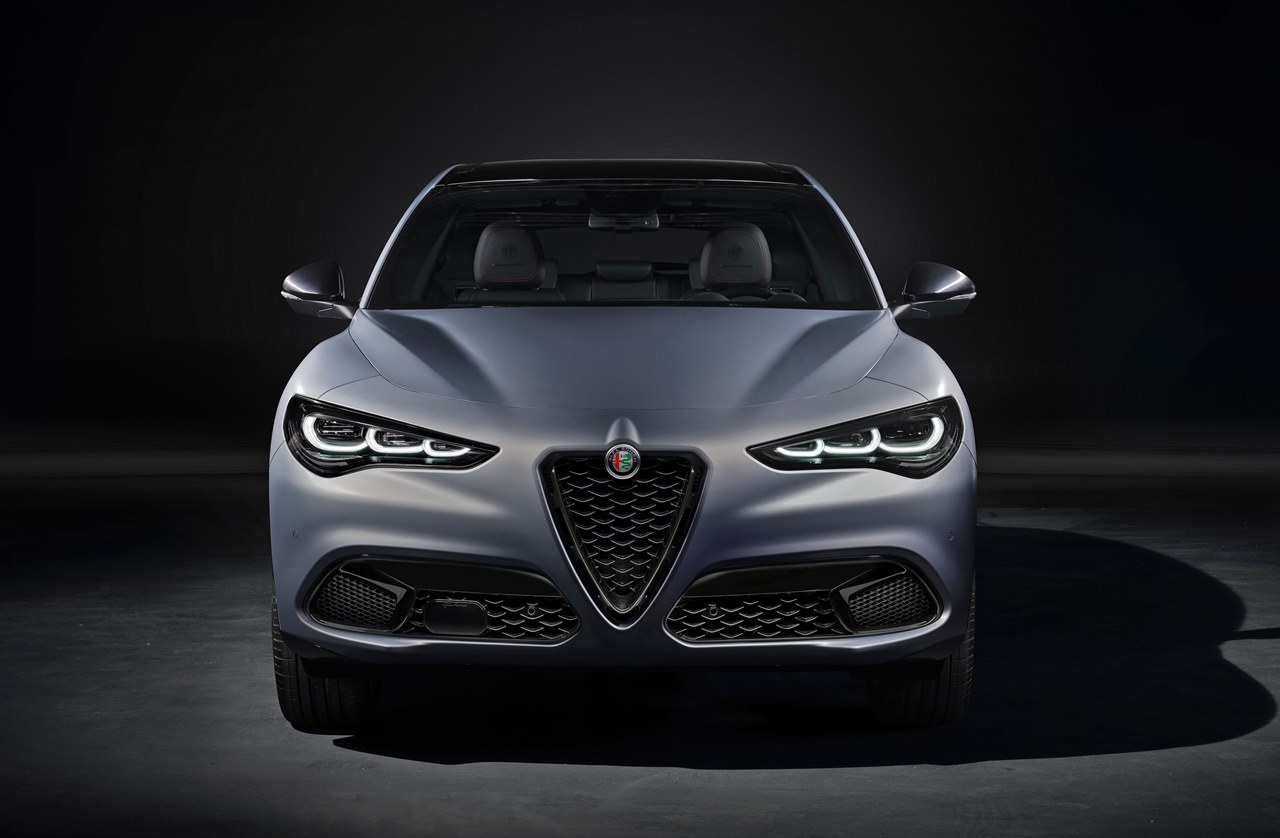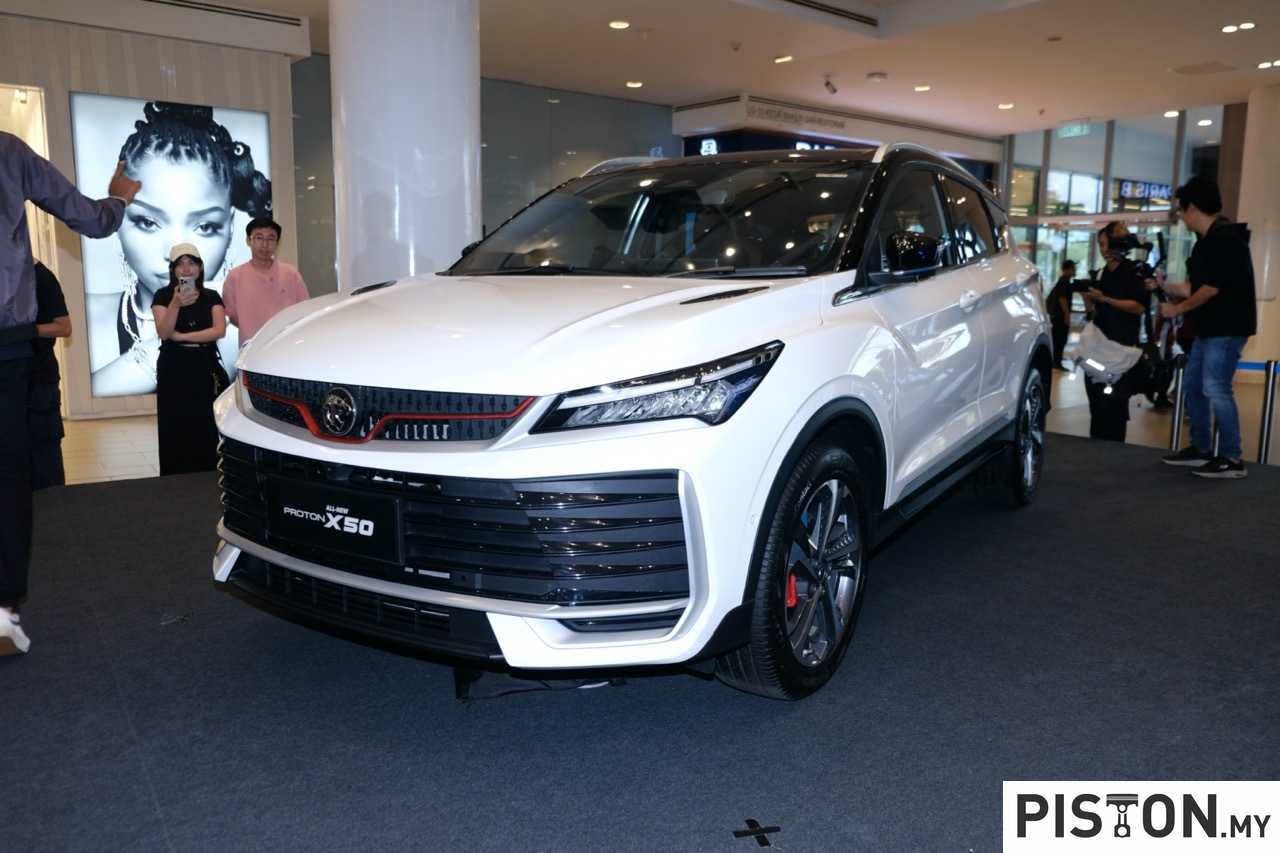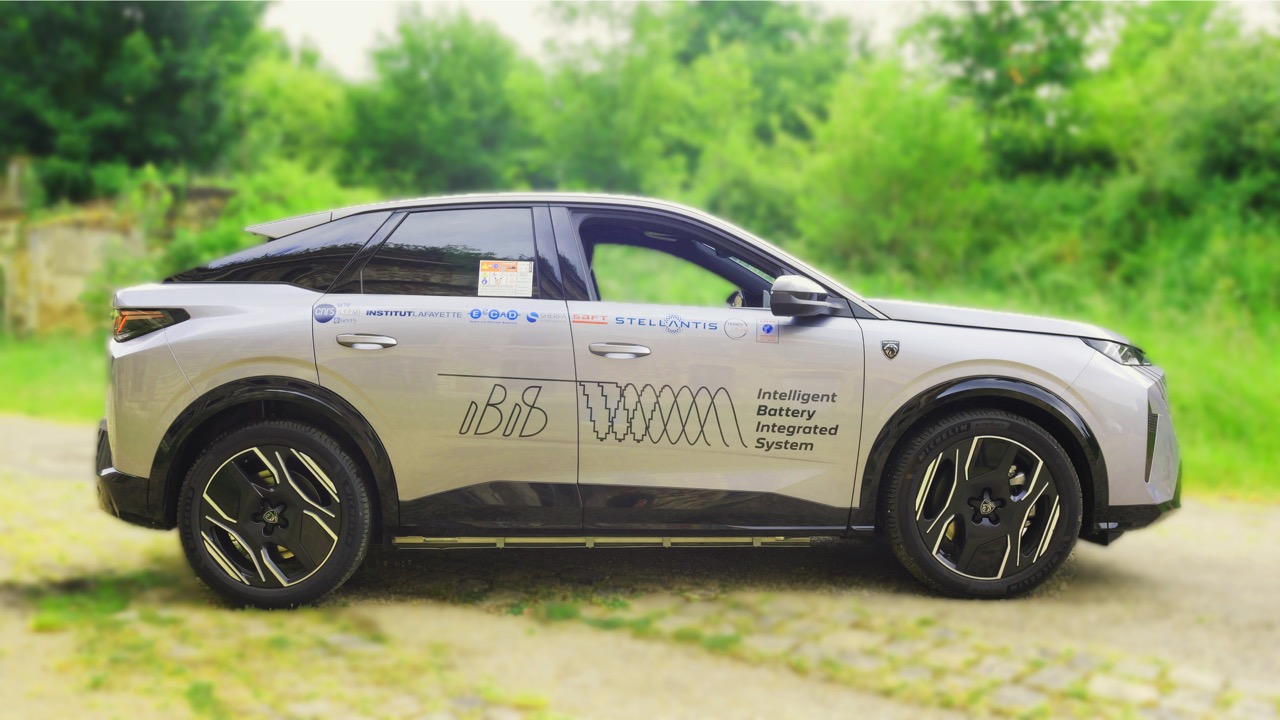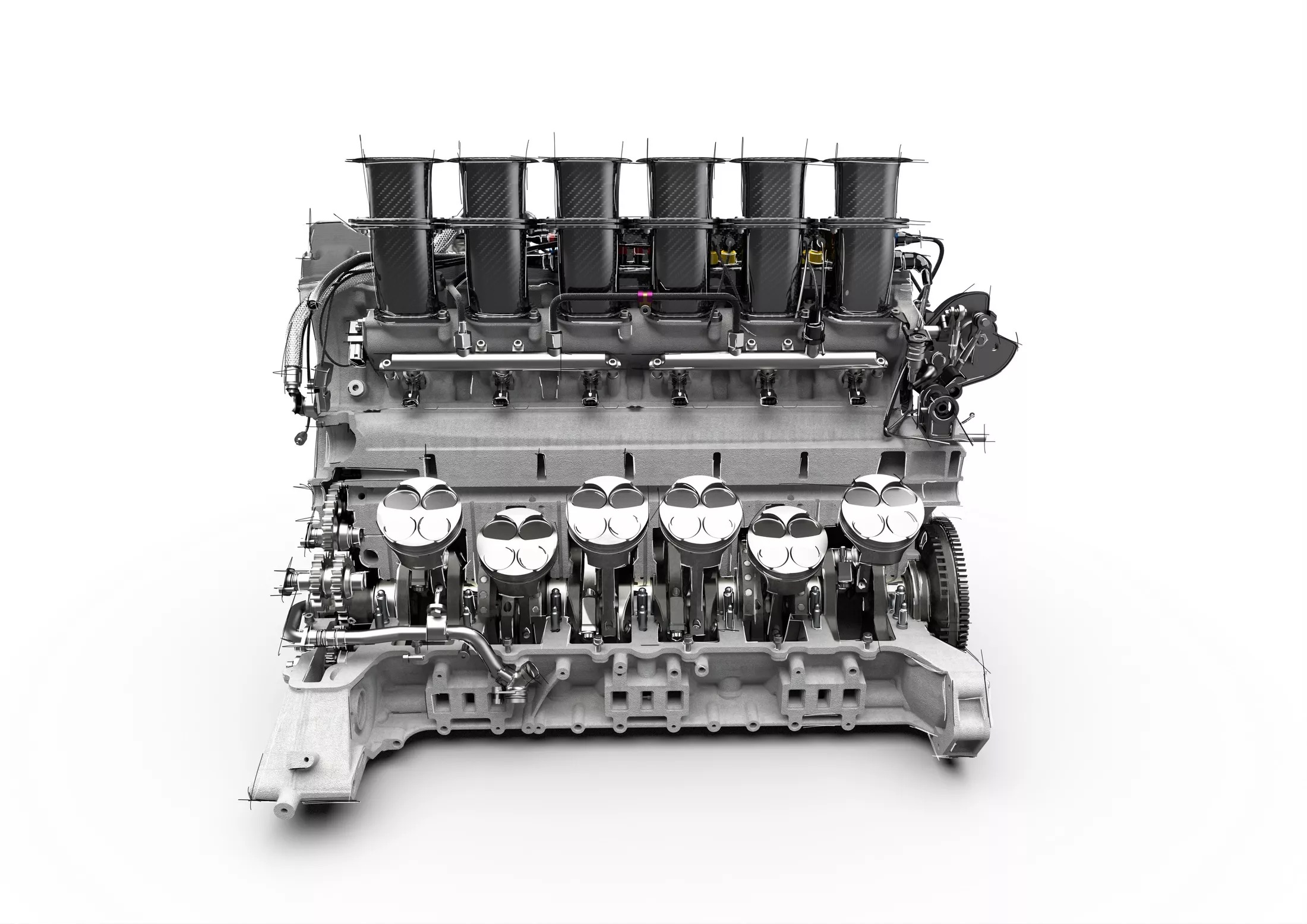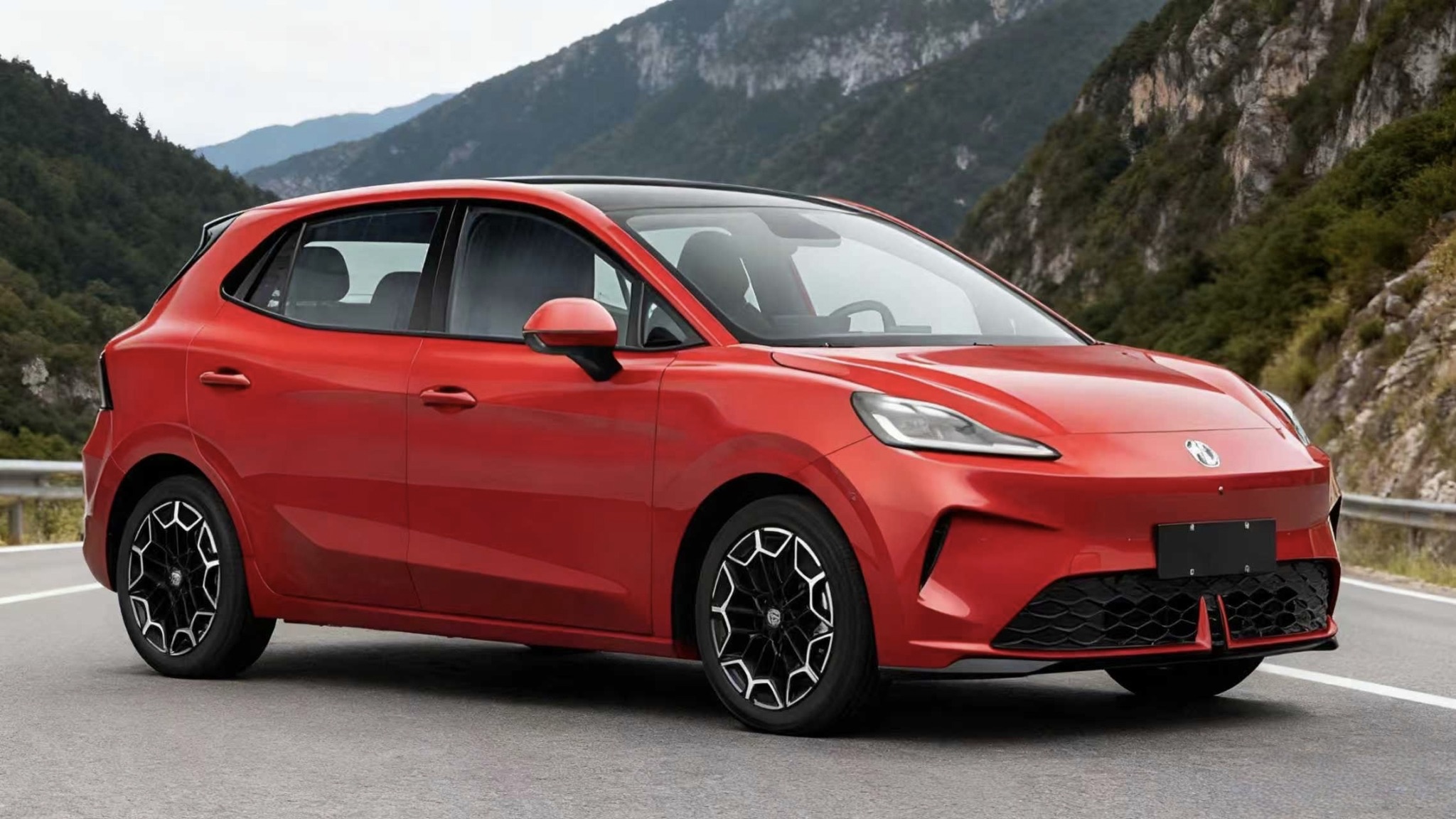Before pick-up trucks were allowed for private registration, they were used only for business purposes, usually on construction sites of logging camps. Their main use was transporting things, so seating was needed just for the driver and an assistant. This made the single cab bodystyle more common than the double cab.
As private use of trucks grew and people took their families in them, the double cab became the more common version. The single cab was still around but of interest mainly to businessmen. As demand was low, some companies decided to stop offering the variants (in Malaysia).
However, Sime Darby Auto ConneXion (SDAC) has always included a single cab variant in its Ford Ranger range and with the new generation, this is also the case. While the Ranger Single Cab was not announced earlier, it is now added to the range in the form of the XL 4×4 Single Cab Manual variant.
(more…)
